I suggest you to use Pandas dataframe :
!pip install pandas
import pandas as pd
main_na = pd.Dataframe(your_datas) #Where your_datas is your list or np array
main_na = main_df.notna()
for col in main_na.columns:
diff = len(main_na[col]) - main_na.count()[col]
if diff > 0:
print( f"{len(main_na[col]) - main_na.count()[col]} NaN found in column {col}")
main_df.ffill(inplace=True)
main_df.dropna()
This code, that I often use, prints the number of NaN in your data
But if you are in a case where you might have missing rows you should use your date column to create a new timestamp column (take a look here : Python pandas convert datetime to timestamp effectively through dt accessor ). And then set this new column as the index of your dataframe using :
main_df.set_index("name of your new timestamp colums")
and do this :
main_df.sort_index(ascending=True, inplace=True)
time_df = main_df.copy()
time_df["diff"] = time_df.index
time_df["diff"] = time_df["diff"]-time_df["diff"].shift(1)
time_df = time_df["diff"]
print(time_df.value_counts())
It will display the timestamp difference between each of your rows like this for exemple :
900000.0 68383
4500000.0 3
8100000.0 2
9900000.0 2
17100000.0 2
21600000.0 1
13500000.0 1
14400000.0 1
5400000.0 1
6300000.0 1
Name: diff, dtype: int64
With the time difference as the left column and the number of case as the right column.
